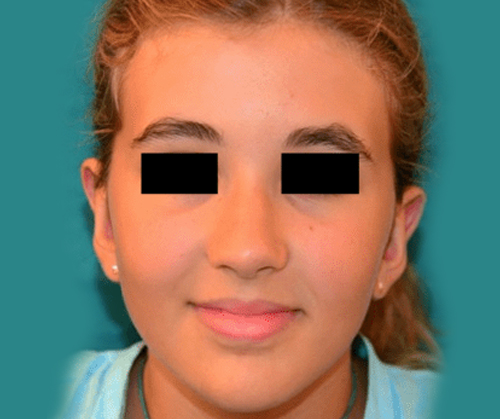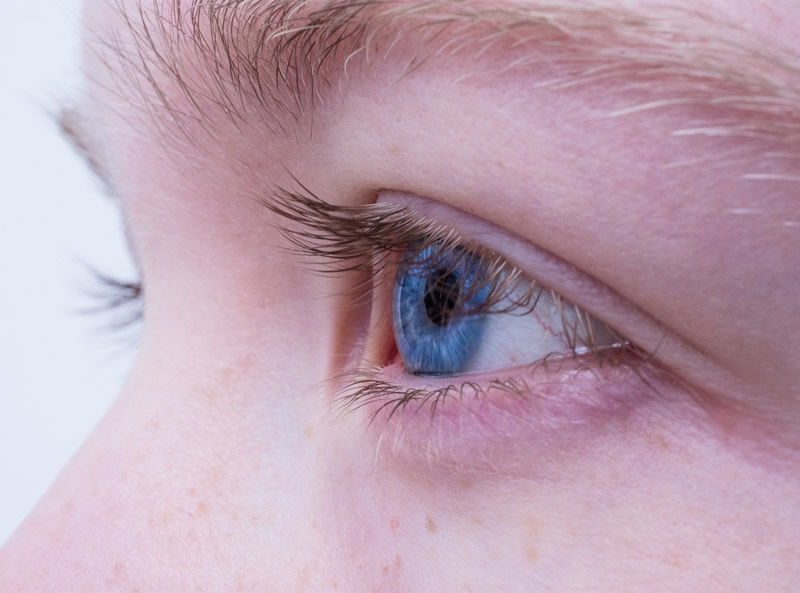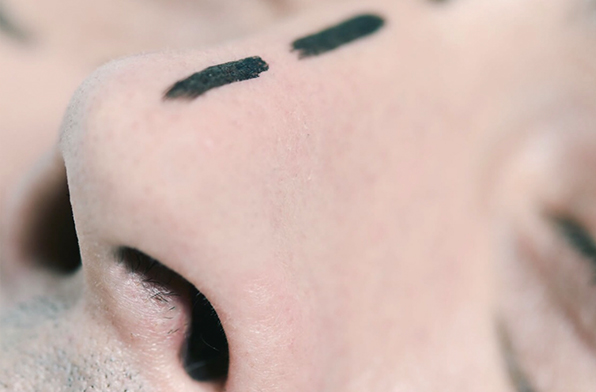FACIAL SURGERY
Otoplasty
What intervention is it about?
The ears with their conformation, position and shape are an important aesthetic element of the face. Ears that are too protruding are due to the failure of re-fold during the development of the supporting cartilage of the auricle. Therefore, the defect commonly defined as waving ears, can constitute a psychological as well as an aesthetic problem.
Can it also be done to children?
Otoplasty is the surgery that allows you to correct these malformations. It is possible to correct this defect already in children aged 6-7 years. At this is the ear is fully developed and the full collaboration of the little patient will take full advantage.
The surgery can be proposed with adequate preparation and discussion between the plastic surgeon, the anesthesiologist and the parents.An examination of the skin of the external and middle ear is performed, associating a photographic examination that allows to program the surgery and share the patient’s expectations.
What factors are to be considered?
Among the important factors to consider and in the pre-operative evaluation, the following should be considered:
Age: at the present time, otoplasty surgery can be performed correctly from the age of six, without fear of altering the subsequent growth of the auricle
Emotional factors: the ear deformity largely exposes the patient, especially in pediatric age, to the ridicule of peers, resulting in a frequent sense of insecurity, evident at the time of medical consultation: this derives both from the evident unsightly appearance of the prominent ear, and from the fact that this condition typically evokes a reaction of derision and mockery in the surrounding environment: such situations begin with school age and become more acute around 10 years of age; for these reasons, the young patients who undergo the surgery are often over-cooperating and motivated about the correction: this suggests a certain precocity of the surgery to avoid the onset of permanent psychological trauma and allows the complete explanation of all the details in addition and postoperative even to small patients.
The condition of microtia / anotia is different, i.e. the lack of development of the ear, with 4 progressive degrees of deformity, up to the complete absence of the ear (anotia). In this case, more complex reconstruction techniques are envisaged, involving the removal of cartilage from the ribs (as described by Professor Firmin of Paris).
FACIAL SURGERY
You are interested in facial surgery?
What is it about?
Otoplasty is the surgical intervention that allows you to correct these malformations. It is possible to correct this defect already in children of 6-7 years. At this age, the ear is fully developed and you can enjoy the full cooperation of the little patient. The intervention can be proposed with adequate preparation and discussion between the plastic surgeon, the anesthetist and the parents. An examination of the skin of the outer and middle ear is performed by associating a photographic examination that allows you to plan the intervention and share the patient’s expectations. The final surgical plan for an otoplasty consists of a set of selected surgical maneuvers, based on a careful anatomical analysis of the deformities and based on the surgeon’s personal preferences.
Several surgical approaches have been described:
suture: the cartilages are modeled with non-absorbable sutures, at the level of the concha, and a deeper suture that produces a posterior rotation on the mastoid: this is the technique we prefer cartilage excision: this technique is reserved for hypertrophic cartilage: an anterior or posterior approach is used: excess cartilage from the rim of the prominent concha is removed and weakened. Ear repositioning sutures are then performed.
What kind of anesthesia?
The otoplasty is an outpatient surgery and requires a completely painless local anesthesia. The operation lasts about 60 minutes. An incision is made on the back of the ear, which leaves a totally invisible scar. The cartilage then folds naturally without interrupting its continuity or removing any segments. The ear therefore remains completely intact. The result after otoplasty is maintained over time because the new form is stabilized by deep points that are not reabsorbable.
What are the scars like?
The scars are generally positioned in the posterior part of the auricle, resulting invisible. There are no alternative methods of surgery to correct the prominence or other defects of the shape and size of the auricles. After the surgery, the ear is edematous (swollen) and red: these aftereffects regress in a few days.
Are there any bandages?
A protective bandage is used which can be removed after a week. If stitches are used, they are removed after 7-10 days. For about a month, a front bandage can be useful, especially at night.
Before and After
FACIAL SURGERY
Otoplasty: pre and postoperative images.




